Kenya is a destination that captures the heart and imagination of every traveller. Located along the eastern coastline of Africa, this diverse country is a treasure trove of wildlife, landscapes, and rich traditions. Whether you're looking for a thrilling safari adventure, a serene beach escape, or an encounter with age-old cultures, Kenya offers something for every type of traveller.
Tourism is one of the most significant contributors to Kenya's economy, drawing millions of visitors each year. From the Great Rift Valley to the snow-capped peaks of Mount Kenya and the vibrant coral reefs of the Indian Ocean, the country is blessed with an abundance of natural wonders. The country's unique combination of wildlife, geography, and warm-hearted people makes it one of the most sought-after destinations on the African continent.
But what truly sets Kenya apart is its wildlife. The iconic ?Big Five? ? lion, elephant, buffalo, leopard, and rhino ? roam freely across vast game reserves, and annual spectacles like the Great Wildebeest Migration in the Maasai Mara are unmatched anywhere else in the world. Yet Kenya is more than just safaris. The coastal cities, such as Mombasa and Lamu, bring ancient Swahili culture to life, while modern Nairobi offers an urban twist with museums, art galleries, and trendy caf's.
Travellers will also be delighted by Kenya's welcoming spirit. The people are known for their warmth and hospitality, always ready to share a smile, a story, or a helping hand. The country is a melting pot of over 40 ethnic communities, each with its language, customs, and celebrations, making your experience here truly enriching and immersive.
Moreover, Kenya's strategic location and accessibility from international destinations make it an easy choice for global tourists. Direct flights operate from major cities like London, Dubai, Amsterdam, and Doha to Nairobi and Mombasa. Once in Kenya, well-developed domestic flights, roads, and tour operators make internal travel convenient and relatively affordable.
In this complete travel guide, we will take you on a journey through Kenya's most outstanding tourist attraction sites. From world-famous national parks and scenic highlands to remote islands and archaeological marvels, each destination has its unique charm. Every section is crafted to provide real insight ? not just promotional fluff ? helping you make informed decisions based on honest, well-researched, and locally inspired perspectives.
Whether you are a first-time visitor planning your dream holiday, a returning traveller seeking deeper experiences, or a travel blogger looking for authentic Kenyan highlights, this guide is made for you. So, grab your backpack, camera, and a spirit of adventure ? because Kenya awaits with open arms.

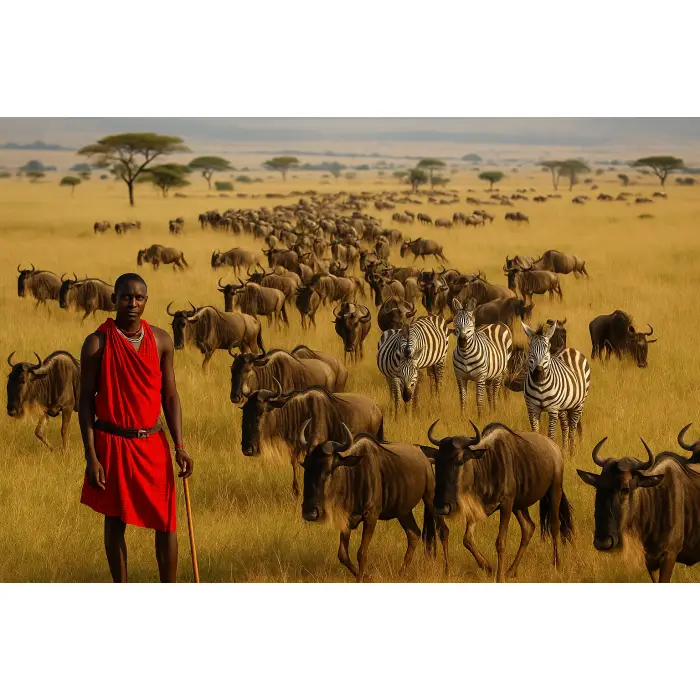

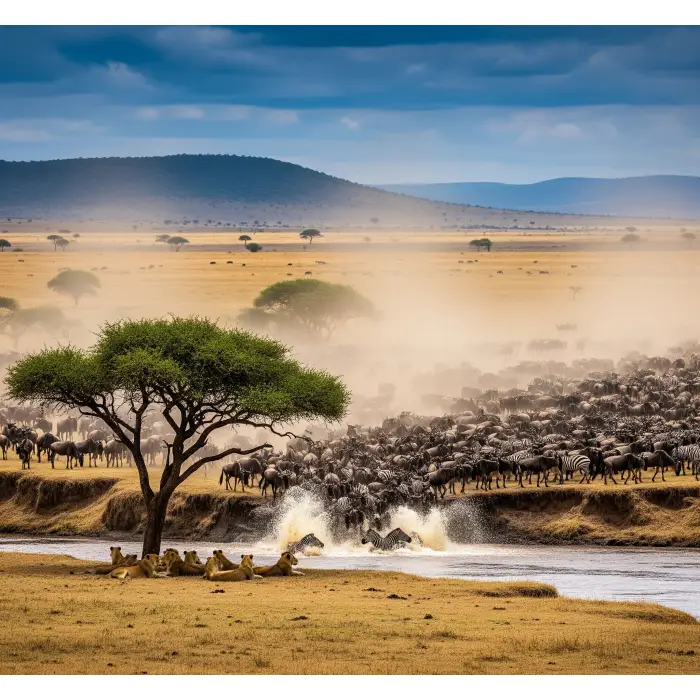

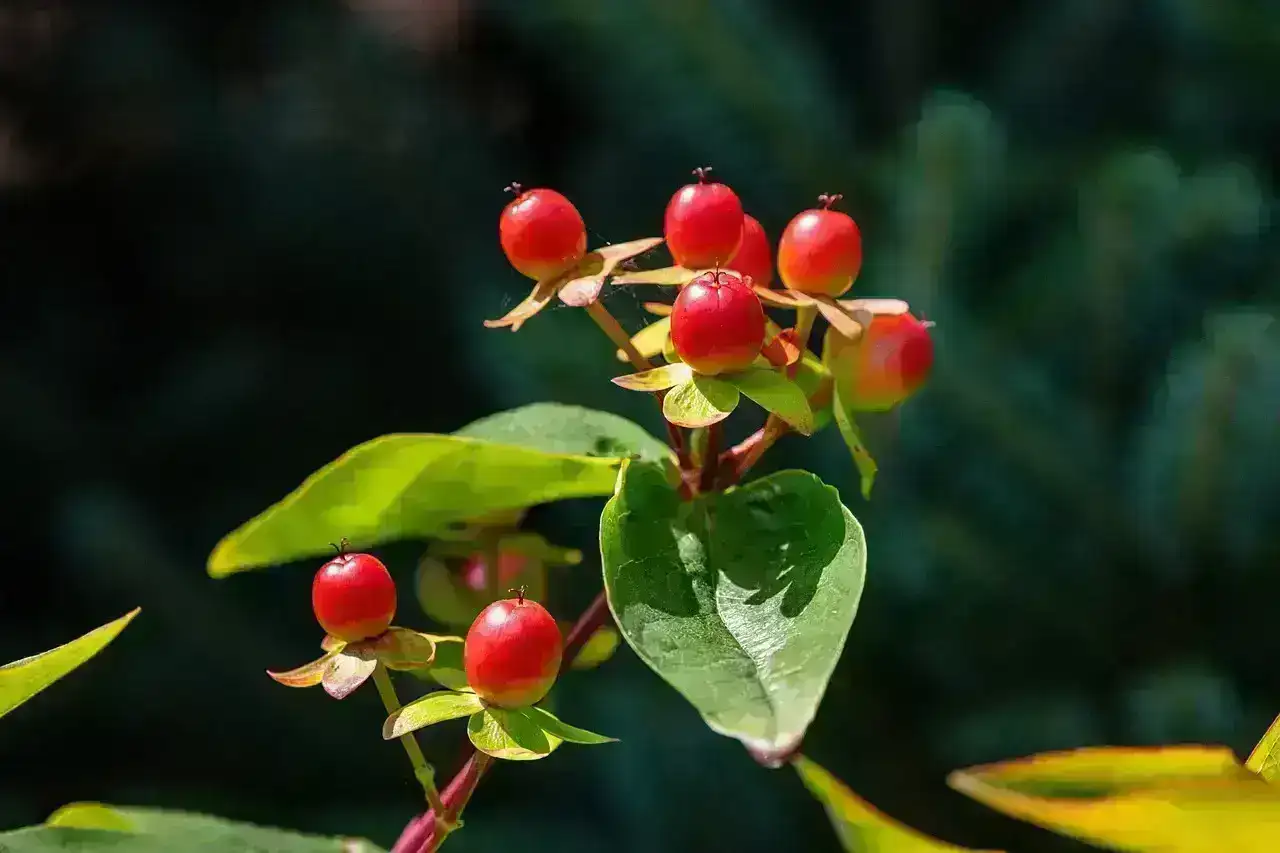

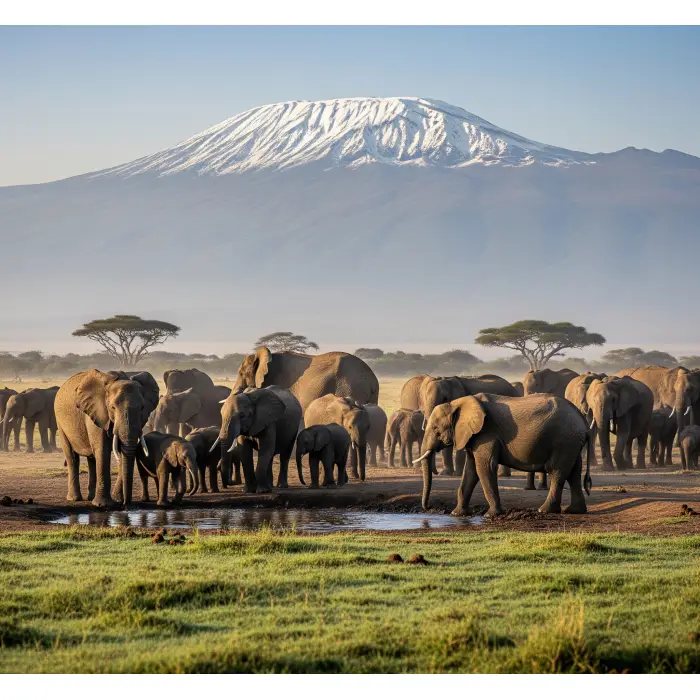
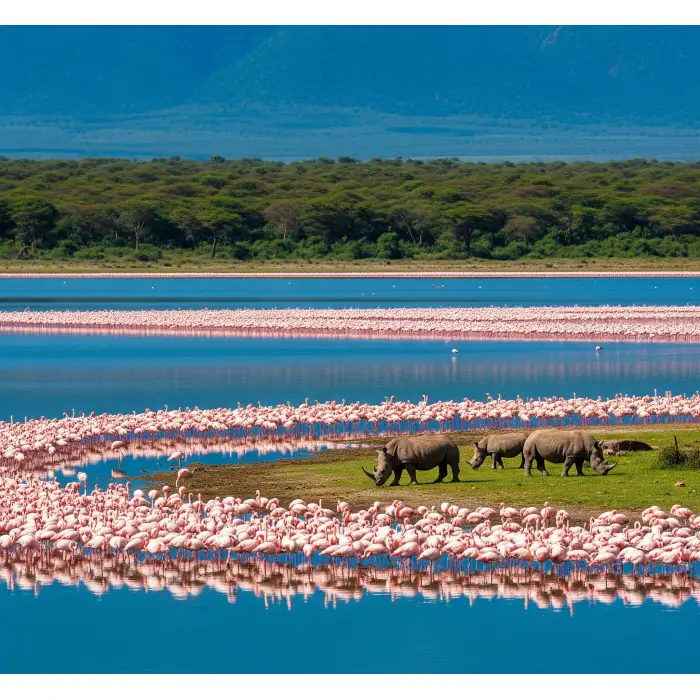
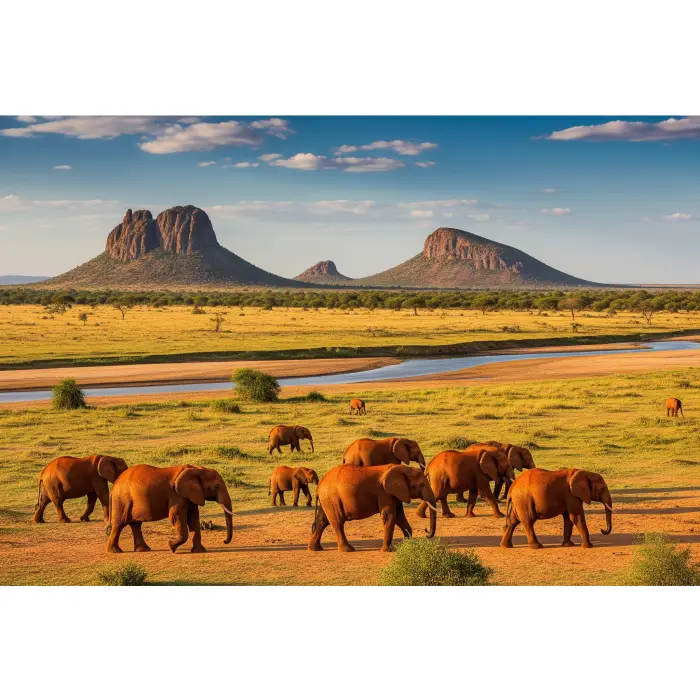
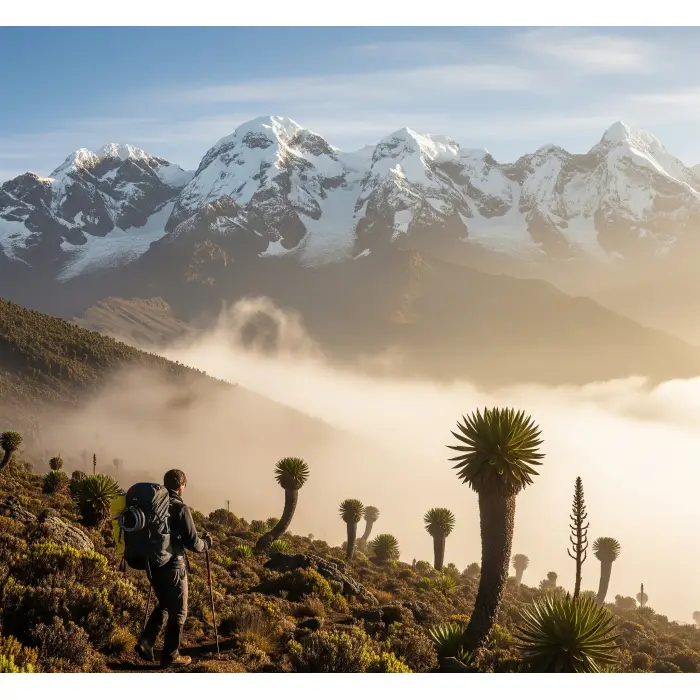
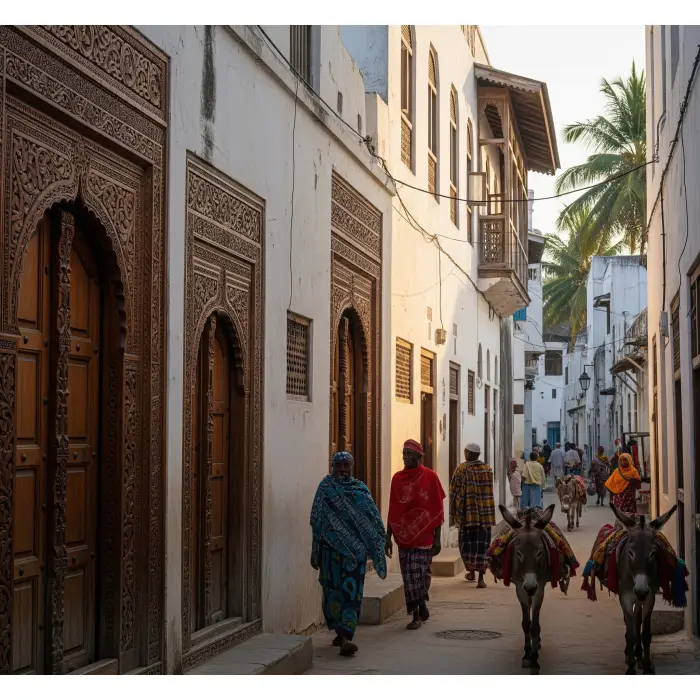
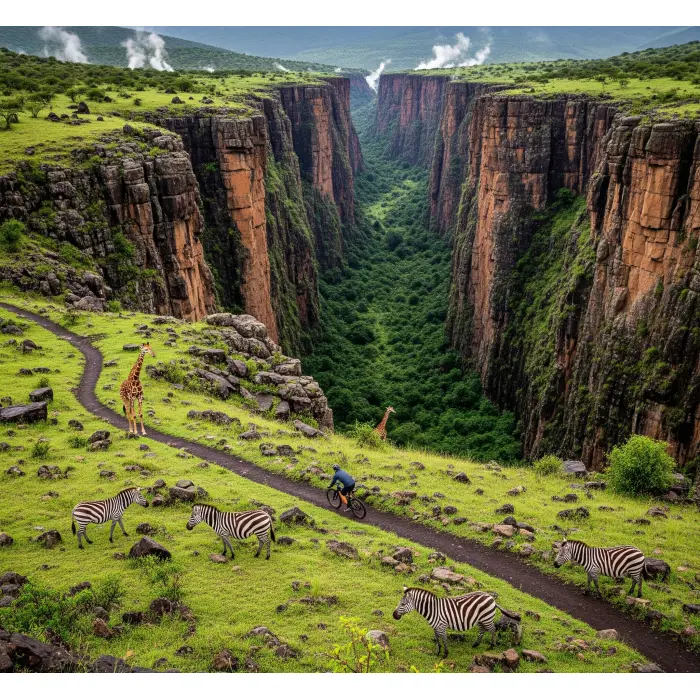
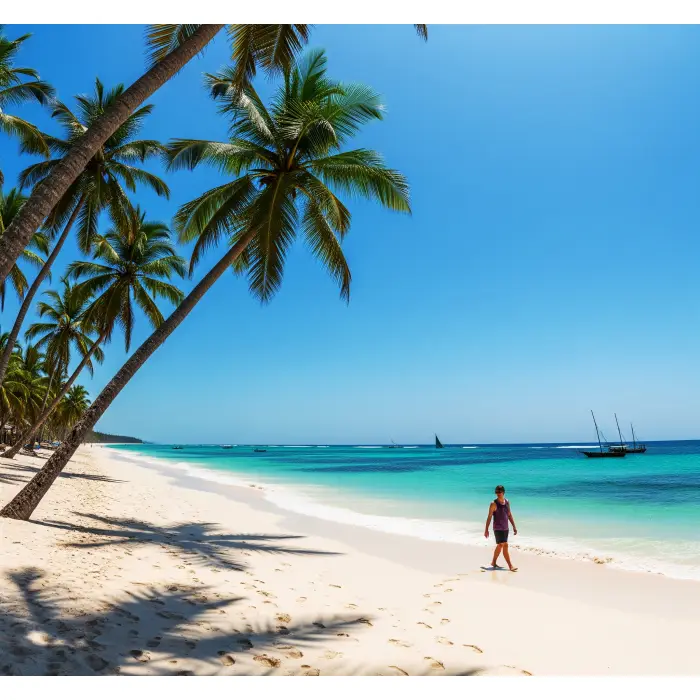







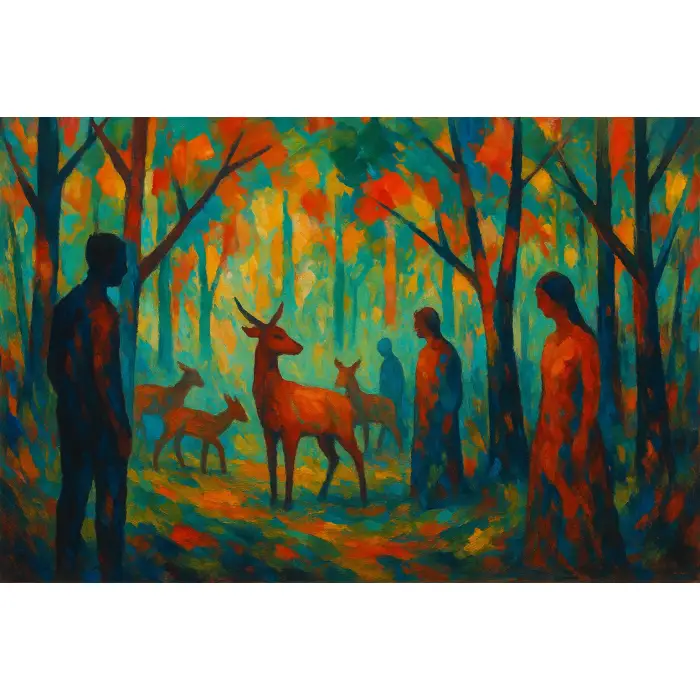


Comments